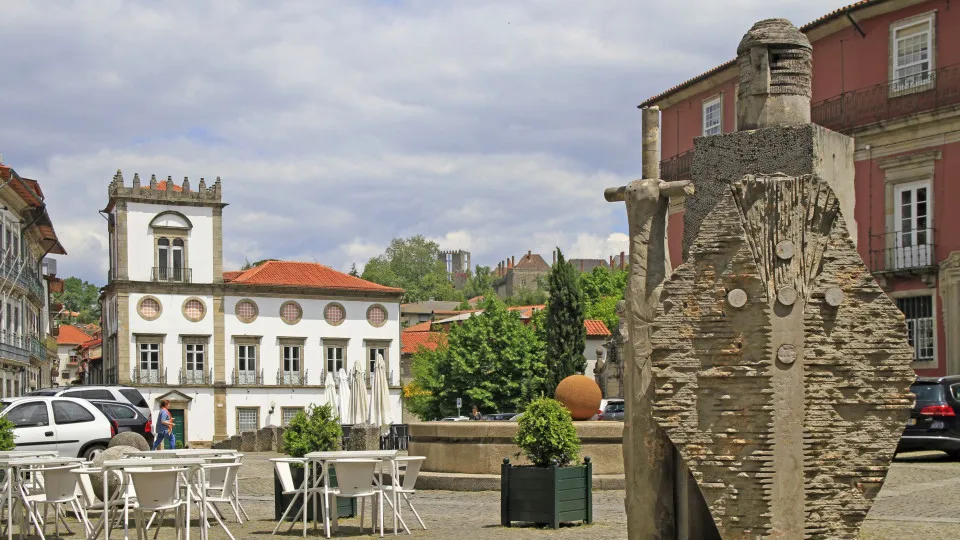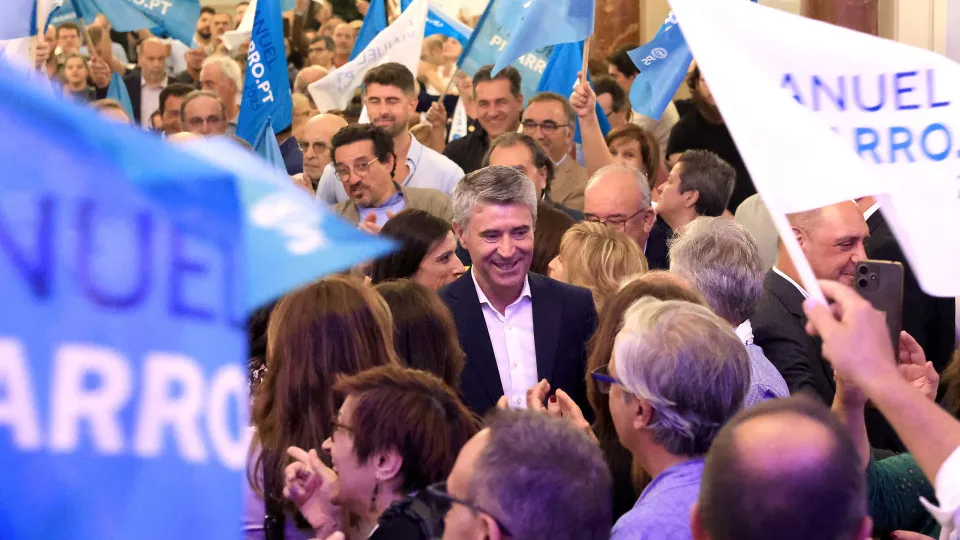
“It is a process filled with opacity from all sides,” said Francisco Bastos, the CEO of Arcádia chocolate maker and the spokesperson for the business association based in Vila Nova de Gaia (Porto district), in an interview. The association comprises over 20 companies generating an annual revenue of 25 million euros and employing about 220 people locally.
The issue concerns an alternative proposal for the high-speed rail station. The concession contract stipulates its location at Santo Ovídio, but the signatory consortium AVAN Norte (comprising Mota-Engil, Teixeira Duarte, Alves Ribeiro, Casais, Conduril, and Gabriel Couto) aims to build it elsewhere—Vilar do Paraíso. According to the association, this may alter the route and necessitate unforeseen expropriations in the São Caetano industrial area.
“The State needs to make these strategic decisions for the country, not the consortium,” he asserted. When asked if the consortium was leveraging the deadlines for European funding as a pressure tactic, he replied he was uncertain but acknowledged that “everyone is under pressure.”
Bastos noted that the consortium has claimed that “this pressure naturally exists due to tight deadlines” and warned that “the TGV project could be at risk if there isn’t approval” of the alternative solution. The consortium presents this alternative almost as a “sole solution,” despite it differing from what was initially contracted.
The association’s companies are calling for “a quick clarification, whether from IP [Infraestruturas de Portugal] or the Ministry of Infrastructure, which should bring some clarity and assume responsibility. The government must assume its responsibilities here.” They believe the two public entities and the consortium “should be working in unison, engaging in proactive and straightforward communication with the Portuguese public.”
However, he acknowledges that the government and the ministry “must be in a very uncomfortable position” which “needs to be clarified quickly,” believing “that is what they are currently working on.”
“We hope that the consortium, having won this public tender—and it being a Portuguese consortium working for the Portuguese and for our country’s growth—does not have, let’s say, other interests at play, and that there isn’t a bill that certain companies, entrepreneurs, and residents will have to pay due to some choices made for other interests,” he stated.
He noted that it remains unknown what the final solution will be and how it might affect his company and those within the association.
“The association is not here to oppose a project of national interest. As businesspeople, we recognize the full value of this project for the country, a station in Gaia, and we ourselves could be potential users of this service,” the executive safeguarded.
However, according to Francisco Bastos, “we need to question” how we end up in a “situation where, due to calendar pressure,” the process appears to be “conducted very hastily, with things appearing to be done rather offhand,” persisting in “a sense that a critical project for the country’s future is being managed without great deliberation and without the necessary transparency due to time pressures.”
The pressure also affects the economic activities of businesses since “the worst thing you can place in front of a manager is uncertainty,” as opposed to information, “the most important asset you can offer a manager.”
Asked how he would react if, as a manager, he commissioned a project and the contractor made a completely different proposal without involving him “in that discussion and in that alternative proposal,” he stated it would be “completely absurd.”
IP is conducting a “technical and legal analysis” of the consortium’s proposal for the high-speed station in Gaia, confirming the receipt of elements deviating from those submitted in the public tender, including the station’s preliminary design “at a location further south than the IP-studied solution at Santo Ovídio.”
Two weeks ago, questions were also addressed to APA regarding the issue, with responses still awaited, while the consortium has not responded to sent inquiries.
The European Investment Bank (EIB) stated in September that it financed the high-speed line based on a proposal meeting public tender specifications, indicating the consortium’s initially submitted proposal “reflects the depth and specifications approved during the public tender process, embedded in the project’s Environmental Impact Assessment (EIA).” The EIB also noted that “any material change to the project would require a formal review by creditors and relevant authorities.”
The Porto-Oiã segment of the high-speed line received EIB funding of 875 million euros, with a total segment cost of 1.661 billion euros.
The location of Gaia’s high-speed station in Santo Ovídio, connected to two metro lines (Yellow and Rubi) with a planned road-rail bridge over the Douro, has been outlined since September 2022, during the initial presentation of the high-speed line project.
In a statement to Correio da Manhã on Saturday, the Minister for Infrastructure, Miguel Pinto Luz, said, “as of today, for the State, the station will be where it was planned,” but mentioned that the documentation allowed for “optimizing solutions.”
On September 2, he deemed it “important to clarify” the issue legally and juridically.
On April 16, the government assured that “any eventual change must be fully safeguarded from a legal point of view, comply entirely with the tender document requirements, and ensure municipal agreement,” noting the consortium’s initial proposal “was aligned with the preliminary design presented by IP.”




